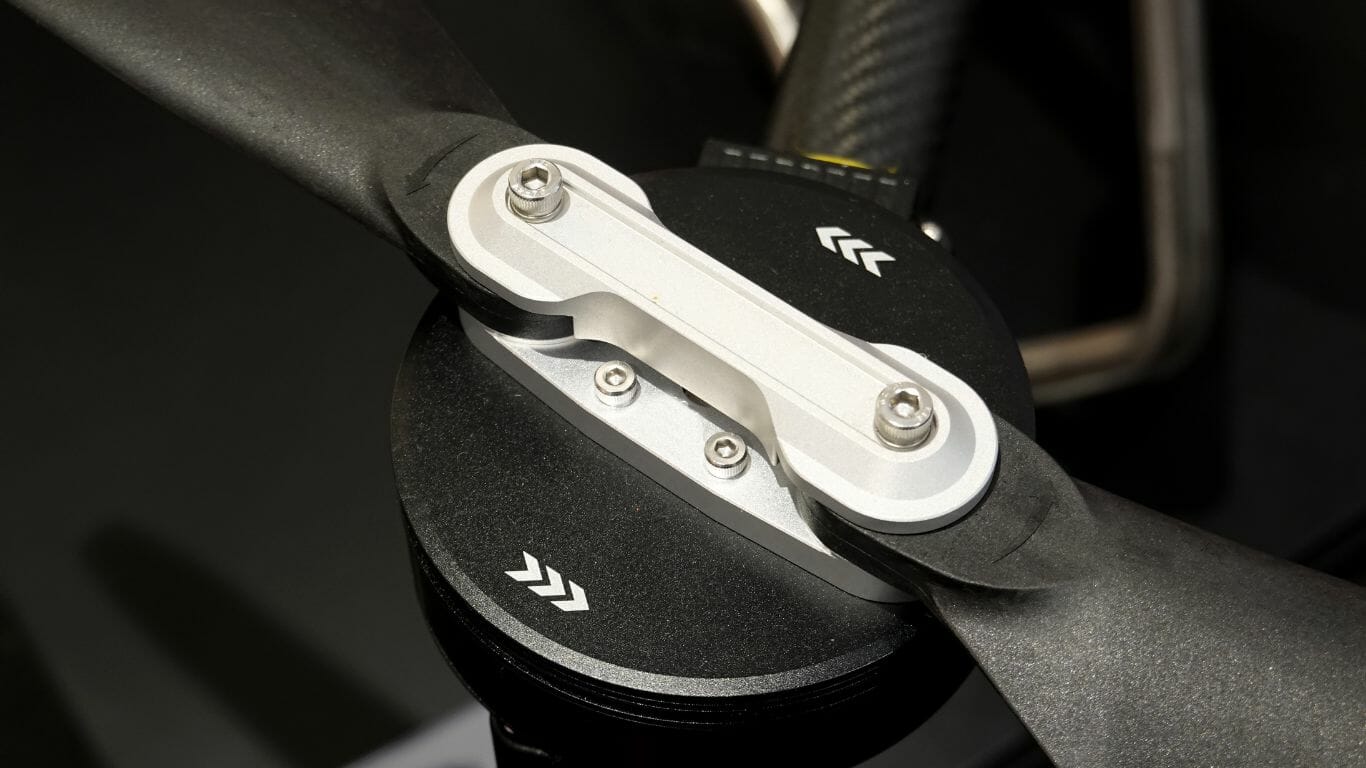In recent years, the popularity of drones has soared to new heights. These remote-controlled aerial devices have found their way into various aspects of our lives, from recreational use to professional applications. While drones offer numerous benefits, they also come with a set of safety concerns. One of the most pressing questions that arise is, “Can drone propellers hurt you?”
In this article, we will delve into this query, exploring the potential dangers associated with drone propellers and how to stay safe in the presence of these buzzing machines.
Before we discuss the potential harm caused by drone propellers, it’s crucial to understand their design and function. Drone propellers, also known as rotors, are the spinning blades that generate the lift needed to keep the drone airborne. Most drones have multiple propellers, typically four or six, arranged in pairs. These propellers spin at high speeds, enabling the drone to hover, ascend, and move in various directions.
Quick Answer
Yes, drone propellers can potentially hurt you if you come into contact with them while they are spinning at high speeds. Drone propellers are typically made of plastic or carbon fiber and can cause cuts, bruises, or even more serious injuries if they strike a person. It is important to always exercise caution when operating a drone and keep a safe distance from the propellers to avoid any accidents.
Types of Drone Propellers
There are two primary types of drone propellers: plastic and carbon fiber. Plastic propellers are commonly found on consumer-grade drones, while carbon fiber propellers are often used in professional, high-performance models. The choice of material impacts the strength and durability of the propellers.
The Potential Risks
While drone propellers are essential for flight, they can pose risks to people and objects in their vicinity. Here are some potential dangers associated with drone propellers:
1). Cuts and Lacerations
When they come into touch with human flesh, the blades of drone propellers are very sharp and have the potential to cause serious cuts and lacerations. There is a possibility that these wounds will need to be treated medically in some instances.
2). Eye Injuries
Propellers on drones can cause serious damage, especially to the eyes. If a drone crashes or loses control, its propellers can strike a person’s eyes, potentially causing permanent damage or blindness.
3). Damage to Objects
Apart from the harm they can cause to people, drone propellers can also damage objects and property. When drones collide with buildings, vehicles, or other items, the impact force can lead to costly damages.
4). Noise Pollution
In addition to physical harm, drone propellers generate significant noise pollution. Hearing loss and other health problems might result from being exposed to this loudness for an extended period of time.
Safety Measures
To ensure safety when operating or being around drones, consider the following safety measures:
1. Maintain a Safe Distance
Always keep a safe distance between yourself and a drone that is being operated, especially when it is in the air. Keep in mind that even small drones can have propellers that spin at high speeds.
2. Protective Gear
If you’re operating a drone or are in close proximity to one, consider wearing protective gear such as safety goggles or a helmet to minimize the risk of injuries.
3. Avoid Crowded Areas
Avoid flying drones in crowded areas where there’s a higher risk of accidents or collisions with people and objects.
4. Follow Regulations
Adhere to local and national regulations governing drone use. These regulations often include guidelines for safe and responsible drone operation.
Conclusion
In conclusion, while drone propellers can be potentially dangerous, the risks can be mitigated through awareness, responsible operation, and adherence to safety guidelines. Drones have become valuable tools in various industries, and with proper precautions, they can be enjoyed safely by enthusiasts and professionals alike.
FAQs:
Are all drone propellers sharp?
No, the sharpness of drone propellers depends on their material and design. Some plastic propellers have dull edges, while carbon fiber ones tend to be sharper.
Can drone propellers cause fatalities?
In rare cases, drone propeller accidents can result in fatalities, primarily when they strike a person’s head or neck. However, such incidents are extremely uncommon.
What should I do if a drone is approaching me?
If a drone approaches you, move away from its path to ensure your safety. Do not attempt to grab or interact with it, as this can lead to accidents.
Is it safe to fly drones in public parks?
Flying drones in public parks is generally safe as long as you follow local regulations and maintain a safe distance from people and animals.
Can children operate drones safely?
Adults should supervise children when operating drones to ensure safe and responsible use. It’s essential to teach them about drone safety from a young age.
